Raccoons are North American mammals that are best known for their bandit-like facial markings and similarly bandit-like behavior. They are also known as common raccoons, North American raccoons, and northern raccoons.
There are two other species known as raccoons, the crab-eating raccoon and the Cozumel raccoon, but the most well known and common is the good ol’ North American species. For the sake of clarity, this article will be focused only on the “regular” raccoon, Procyon lotor. Read on to learn about the raccoon.
Description of the Raccoon
Raccoons are easily recognizable mammals, with lots of fur and a number of distinguishing characteristics. If their bandit’s mask doesn’t give them away, their striped “jailbird” tail will.
The area around the black markings over their eyes is white, and the rest of their body is a greyish color interspersed with lighter tan accents. Their paws are extremely sensitive and dexterous, and though they lack opposable thumbs they are quite proficient at manipulating objects.
Interesting Facts About the Raccoon
This animal’s ability to survive in an urbanized world, combined with its intelligence, makes many view these creatures as pests. They tackle even the most secure trashcans, and find their way into trouble wherever they go. Learn what makes raccoons more than just a nuisance below.
- Magnificent Mask – Those unique eye-markings aren’t simply to make raccoons look craftier, they actually serve a purpose. Just like for athletes, the dark markings help reduce glare. When these creatures are scurrying around at night, glare from lights can reduce their ability to contrast and make it difficult to see.
- Mincemeat – As crazy as it may sound, raccoon is was not an uncommon dish to find on the table for dinner in America. In fact, it was actually quite common, and still persists to this day! Native Americans and early European settlers also commonly ate raccoon meat.
- Rebecca Raccoon – Raccoon meat is actually how president Calvin Coolidge came upon his pet raccoon Rebecca. Rebecca was destined to become dinner for the White House’s Thanksgiving, but was adopted by Coolidge instead. Nowadays, raccoons are usually illegal to keep as pets unless you have a special permit.
- Clever Creatures – Everyone knows that raccoons are smart, but many people fail to realize just how intelligent they are. When they live in urban areas, only the smartest animals can survive the multitude of human death traps. To survive traffic, dogs, trains, and still find enough food to thrive and raise a litter of kits, that takes smarts!
Habitat of the Raccoon
These clever little mammals can survive just about anywhere. Prior to urbanization, their favored natural habitats were woodlands, preferably areas with water sources where they could hunt for crustaceans.
Nowadays, the urban jungle provides a booming population of raccoons with everything they need to survive. Populations have thrived with the introduction of cities, and as long as they have somewhere to climb and escape danger, and somewhere to give birth, they are good to go!
Distribution of the Raccoon
In their natural range, these creatures can be found as far north as Canada, and as far south as Panama. Prior to urbanization, their ranges were limited to areas with easy access to water and aquatic prey. Nowadays, they are located across virtually the entire continent.
These mammals have also been introduced as an invasive species in Germany, Italy, France, and some other European countries. Most European invaders are descendants of animals in fur farms. There is also a booming population in Japan, descended from animals brought to the country as pets because of a famous anime series, Rascal the Raccoon.
Diet of the Raccoon
Raccoons are some of the most opportunistic omnivores in the world. They will eat just about anything they can get their paws on. Naturally, nearly half of their diet consists of crustaceans, insects, mollusks, and other invertebrates.
A large chunk also consists of plant material, and then a smaller portion consists of small animals. They actually prefer feeding on crabs and other easy-to-catch prey, rather than birds or mammals. In urban environments they will commonly peruse through garbage to find edible items.
Dousing
Another interesting and well-known trait that raccoons possess is known as “dousing.” Dousing is the act of “washing” the food they consume. While dousing, the animal will pick up a food item, inspect and rub it to remove unwanted bits and pieces, and then eat it.
Though this appears similar to the human act of washing something, rubbing the object while underwater actually serves to soften the hard protective layer of their paws so the object can be examined more thoroughly before eating.
Raccoon and Human Interaction
Humans interact with raccoons incredibly frequently, both directly and indirectly. Many interactions involve food. Sometimes humans will confront raccoons for breaking into garbage cans or hunting chickens, other times humans will feed raccoons, causing them to become more habituated and potentially dangerous.
Many incorrectly assume that “friendly” raccoons have rabies, but years of living in urban areas, and feeding by humans, is usually the more likely culprit. Sometimes they find their way into attics, and use the area as their denning location. This can cause lots of damage, and removal or relocation requires permitting before action can be taken.
Domestication
While they have been bred in captivity, raccoons are wild animals and have not been domesticated in any way.
Does the Raccoon Make a Good Pet
Though raccoons are occasionally sold as pets, they should never be kept as house pets. Raccoon owners must have outdoor enclosures, proper permits, and provide an adequate diet. For most people, this makes raccoons a poor choice as a pet.
Raccoon Care
In a zoological or captive setting, these intelligent animals require large and secure enclosures. They must have plenty of climbing opportunities, and area to comfortably den, and places to escape from the elements.
Because they are so smart, these mammals can become bored and destructive when they are not provided with enough mentally stimulating activities. It is important to give toys, puzzle feeders, and training using positive reinforcement. Their diet should be chosen under the advice of a veterinarian, as they are prone to obesity and gout.
Behavior of the Raccoon
While these creatures are primarily nocturnal, it is not uncommon to see them forage during the day, particularly when raising kits. This is sometimes viewed as a behavior that is a warning sign for rabid animals, but is much more common than most people realize.
They are social, and mothers will sometimes remain with kits and other related females. Males will also form loose social bonds with one another, but can be aggressive towards unrelated kits. Groups will socialize, forage, and rest together.
Reproduction of the Raccoon
The breeding season for raccoons runs from January through March, but the exact timing can vary greatly by subspecies and region. After mating, females have a gestation period of 63 – 65 days, and give birth to 2 – 5 babies.
Young raccoons, known as “kits,” begin the weaning process somewhere between 6 – 9 weeks, and are fully weaned by the time they reach 16 weeks of age. Female kits may remain with their mother, or near her home range, for longer periods.

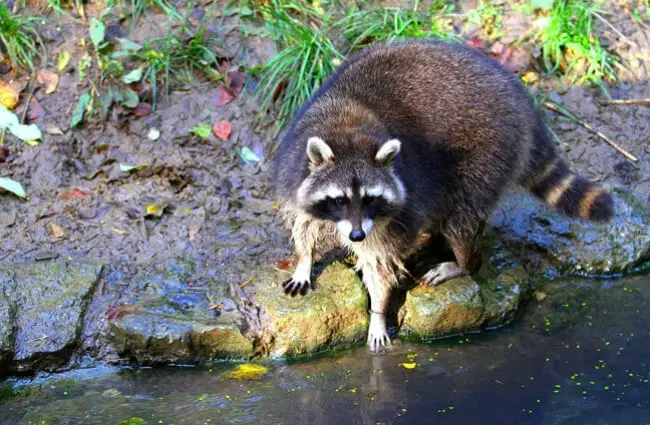



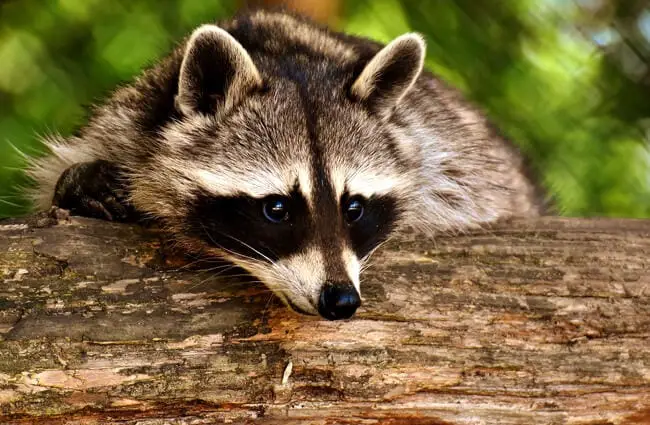
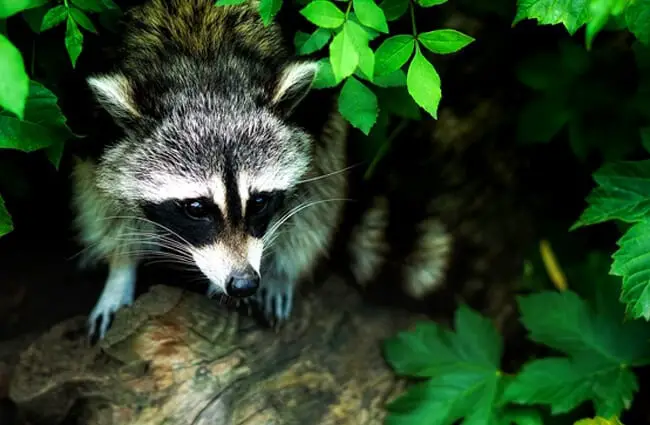
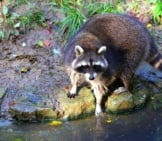
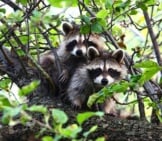

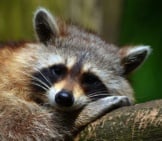
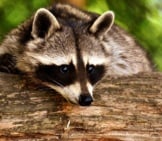
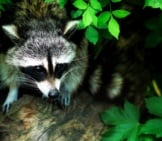
![Red Angus Closeup of a beautiful Red Angus cowPhoto by: U.S. Department of Agriculture [pubic domain]https://creativecommons.org/licenses/by/2.0/](https://animals.net/wp-content/uploads/2020/03/Red-Angus-4-238x178.jpg)












![Red Angus Closeup of a beautiful Red Angus cowPhoto by: U.S. Department of Agriculture [pubic domain]https://creativecommons.org/licenses/by/2.0/](https://animals.net/wp-content/uploads/2020/03/Red-Angus-4-100x75.jpg)

